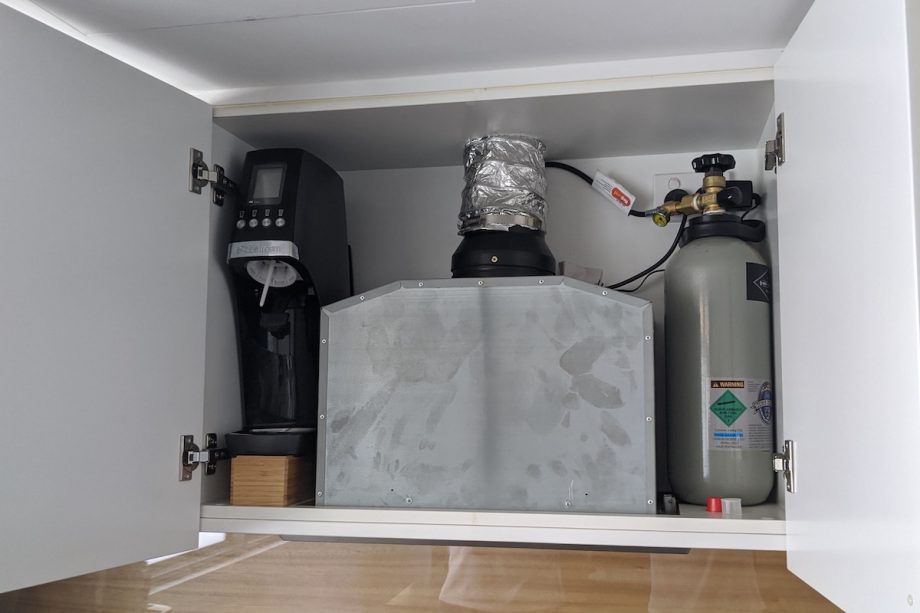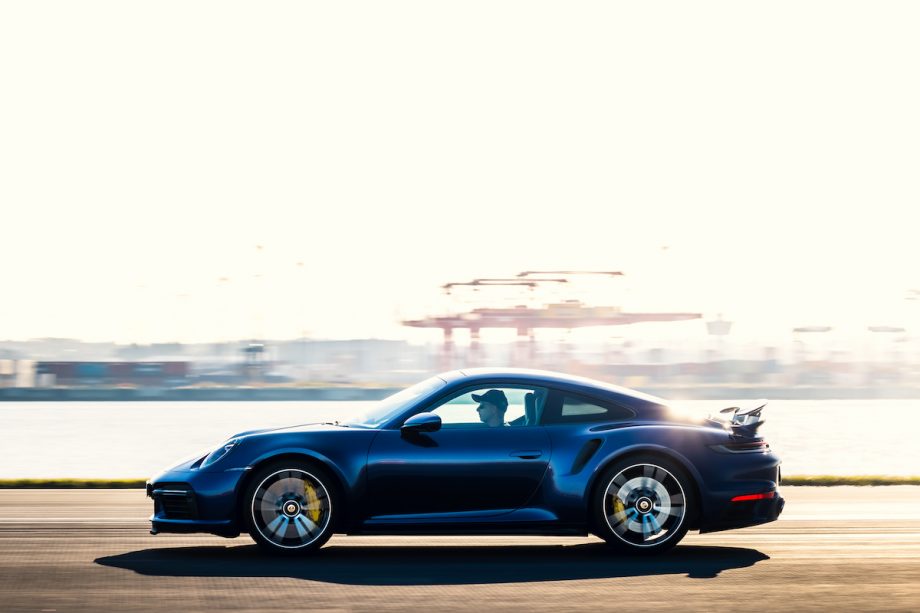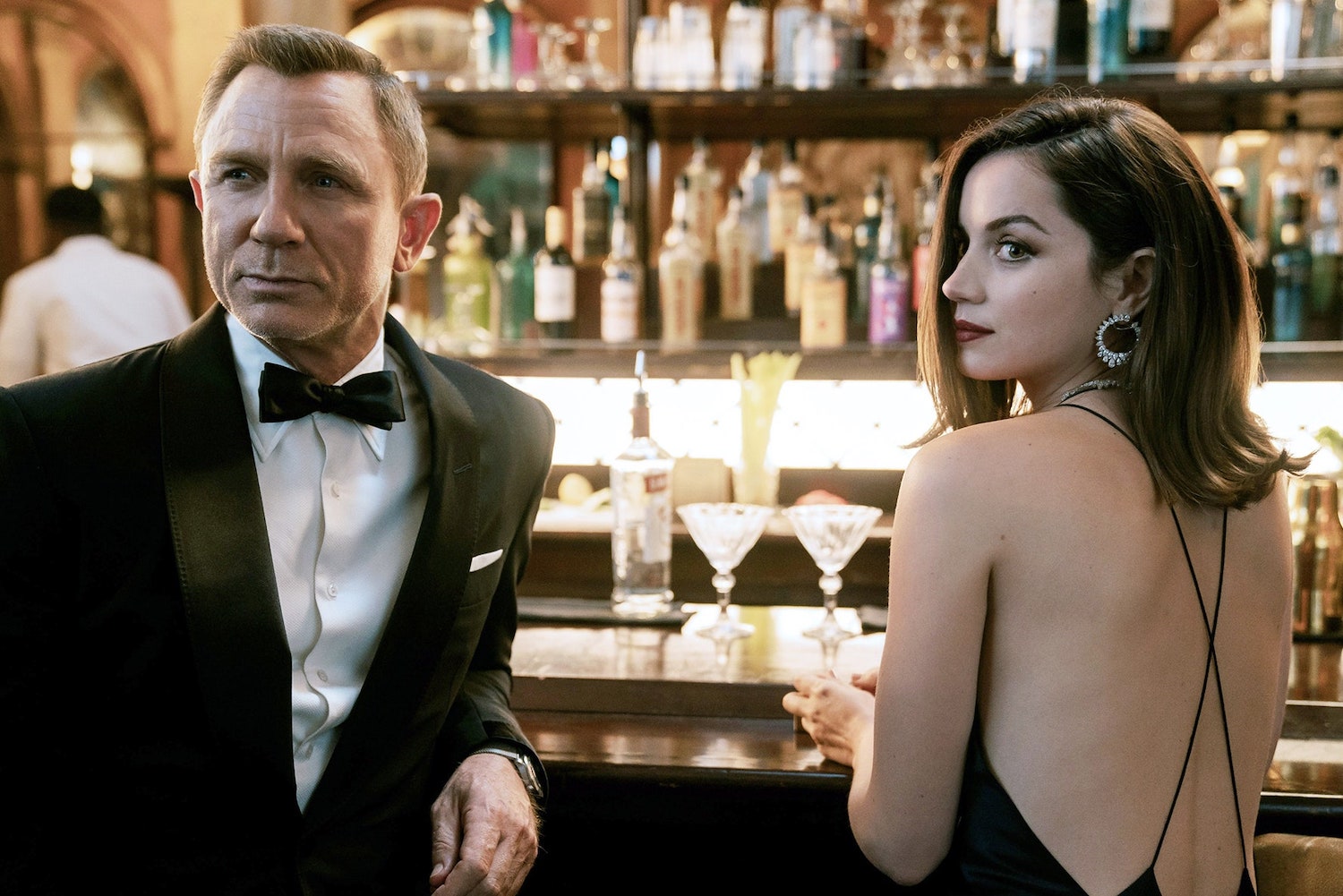What would you give to spend your days working from a home office, looking out on uninterrupted mountainous views? Or what if you've had a brainwave business idea but just need a little bit of financial help to get it off the ground? Now, it seems, one small Italian village will pay you for both.
According to CNN Travel, Santo Stefano di Sessanio, a tiny, walled-in medieval village in Abruzzo – a region east of Rome – is so starved for residents that it is now offering to pay people to set up a new life and, potentially, a new business.
The offer certainly lends itself to being snapped up by digital nomads, who could use the quaint little town as an alternative remote working location to their local coffee shop or a crowded beach in some tourist-heavy holiday destination.
It might sound too good to be true, and in some ways, it is. There are criteria you have to meet before the villagio will part with cash: you need to either already be an Italian resident, an EU citizen or have the legal right to remain in the EU for an indefinite amount of time.
View this post on Instagram
You also need to be under 40-years old (prime digital nomad territory) but you will need to be prepared to live in what is currently a glorified care home, with around half of the 115 population being of pensioner age.
So what do you get in return for substituting avocado toast and skinny soy milk flat whites for a town with a lower population than your university classes and a potentially dodgy internet connection?
CNN Travel says the council will "pay new residents a monthly fee for three years, up to a maximum of US$9,500/€8,000 per year", and if you have the next big business idea, you can claim "up to $24,000/€20,000 to help get it off the ground." Although, you'll only get that money if your 'next big thing' falls under one of the approved activities set by the council, these being: "guides, staff for the information office, cleaners and maintenance workers, drugstore owners, or those who can work with, and sell, the area's food."
View this post on Instagram
Better still, "residents will also get a property to live in for a 'symbolic' rent." As for just how much you can expect to pay for rent is anyone's guess right now. The perfect getaway for digital nomads? You bet.
The scheme was only launched on October 15th and is said to have received interest from more than 1,500 applicants. Unfortunately for the majority of them, Santo Stefano is only looking to take on around ten people – or five couples – to fill its humble abodes, initially at least.
"We want to ramp numbers up gradually, and we have to work with the housing that belongs to the authorities", according to the town's Mayor.
It's not the first time we've seen towns and countries tempt outsiders with offers too good to pass up. The Nautilus resort in the idyllic Maldives islands is offering remote workers an – albeit expensive – desk with an ocean view unlike any other you'll experience anywhere else and Bermuda is offering year-long residencies to anyone who is prepared to move there and use it as a remote working location.
View this post on Instagram
If Santo Stefano's offer sounds like the opportunity of a lifetime for you – and you believe you can stand out against the other 1,500 applicants – you can submit your application before November 15th. If you get the green light, you'll have to be prepared to live in the town for at least five years. So as "to make sure people don't come, take the money for a year, and leave."
May the odds be ever in your favour.
Read Next
- Phi Phi Island Image Shows Side Of Being A Digital Nomad No-One Tells You About
- 2020 Could Be The Travel Industry’s ‘Phoenix Moment’
Subscribe to the DMARGE newsletter
Follow DMARGE on Instagram
Follow DMARGE on Facebook
The post ‘Glorified Care Home’ In Northern Italy Lures Young Travellers With Enticing Offer appeared first on DMARGE.
from DMARGE https://ift.tt/3emcOwA














 Table for one...[/caption]
Table for one...[/caption]






